For many seasoned outdoor enthusiasts, the allure of sleeping under a tarp far surpasses the traditional tent experience. But why would anyone abandon a high-performing, meticulously designed tent in favor of a basic, seemingly leak-prone shelter? And is tarp camping only for those who want to be different just for the sake of it?
Well, the appeal of tarp camping is threefold. First, while a tent can feel confining and restricting, a tarp provides an open and airy experience that allows you to fully connect with nature and your surroundings. You'll feel the fresh air on your face and gaze at the twinkling stars above, offering a more intimate connection with the great outdoors. Second, tarps are more versatile, weatherproof, and technically advanced than you might think, offering numerous pitching options tailored to weather conditions and terrain. Lastly, when compared to expensive modern tents, a good tarp doesn't have to break the bank. It often provides better value for money, especially for those looking to embrace ultra-light backpacking.
What is a Tarp? At its core, a tarp is a single-sheet waterproof material used to create a customized shelter. By utilizing pegs, guylines, walking poles, and optional groundsheets or bug nets, you can configure a tarp into various shapes and layouts. This adaptability allows you to adjust your shelter to the prevailing weather conditions. Pitch it high for space and views on clear days, or pitch it low for stability and protection during storms.
Choosing a tarp over a tent won't necessarily expose you to more wind and rain. With some practice, you can learn to pitch your tarp effectively to keep you comfortable in the mountains, regardless of the weather. You have a plethora of options, from the simple A-Frame and Lean-To to the more complex Tipi or C Fly Wedge.
Types of Tarps: Flat, Shaped, or Tarp-Tents
Tarps come in three main types: flat, shaped, and tarp-tents. Flat tarps, which are square or rectangular, are the simplest choice. Shaped tarps have multiple sides (heptagonal or hexagonal) or curved edges, designed by manufacturers for precise pitching. Tarp-tents blur the line between tarp and tent, with various pitching methods and advanced features like zips and doors.
Choosing the right type can be tricky. Flat tarps work well in forests where you can hang a ridgeline between trees and are perfect for beginners or for warm, dry spring and summer camping. Shaped tarps are ideal for low-profile pitches, offering better protection from the elements but at a higher cost. The cutouts in shaped tarps may improve ventilation and reduce condensation. Tarp-tents provide more headroom and bug protection but come with a higher price tag, more weight, and reduced versatility.
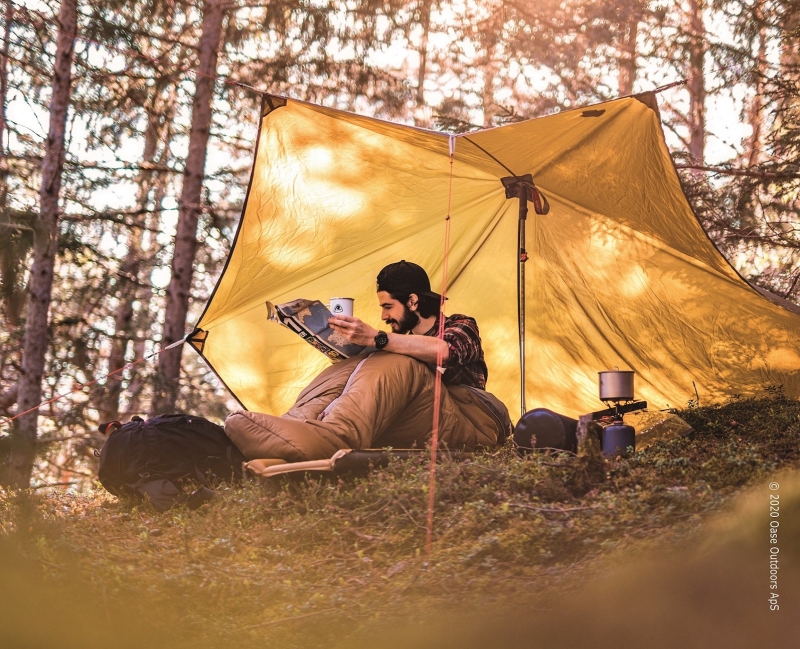
Choosing a Tarp: Key Features to Consider
Four Ways to Set Up a Tarp Before you embark on your outdoor adventure, practice setting up your tarp in your garden to ensure a secure, stable pitch. Consider the number of pegs and guylines needed for an effective setup. Additionally, select the right trekking poles, as Z-shaped poles are generally unsuitable for tarps; telescopic poles are a better choice.
To protect your sleeping bag from moisture, you can use a bivvy, a polycro groundsheet, or pitch your tarp in a way that creates a groundsheet. When selecting a camping spot, aim for a flat, dry, and sheltered location, and position your tarp so that the entrance faces away from the prevailing wind. There are countless tarp orientation options, but here are four of the best and most common:
1. A-Frame (with Poles)
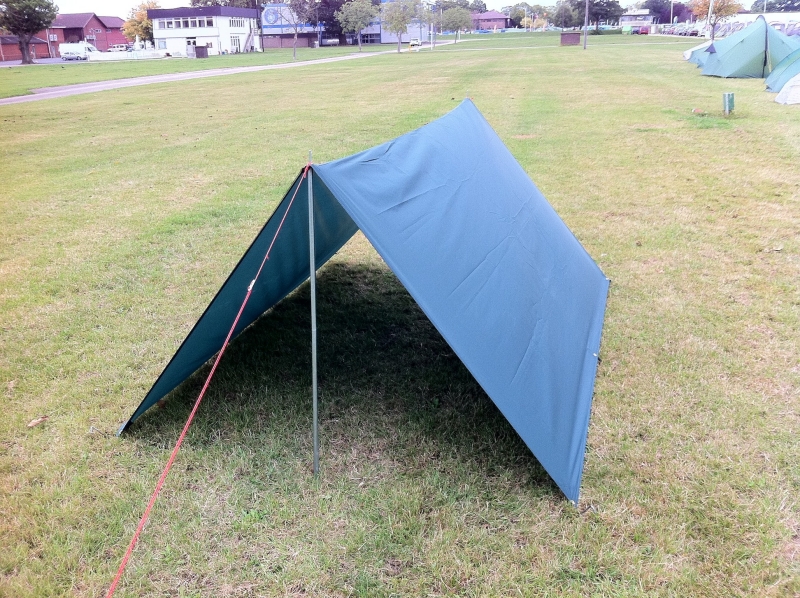
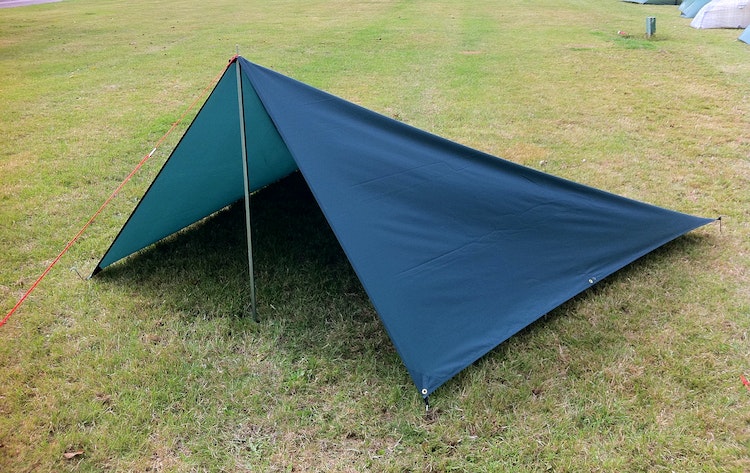
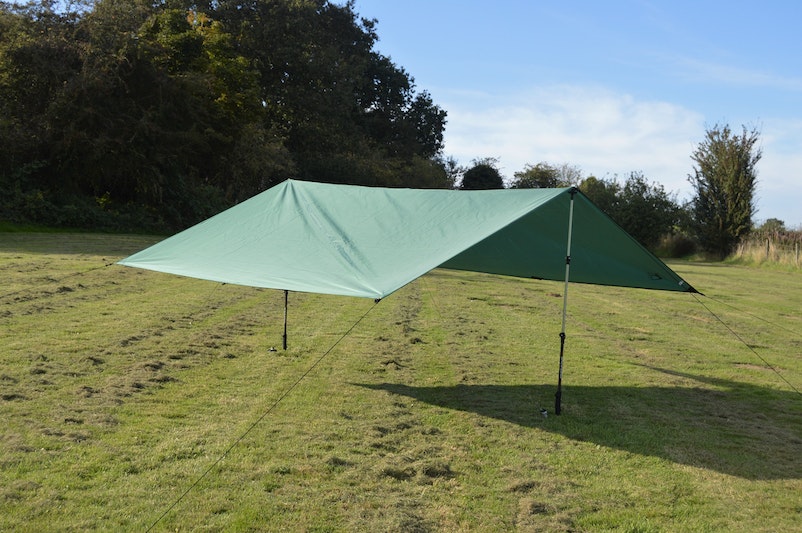
2. Lean-To
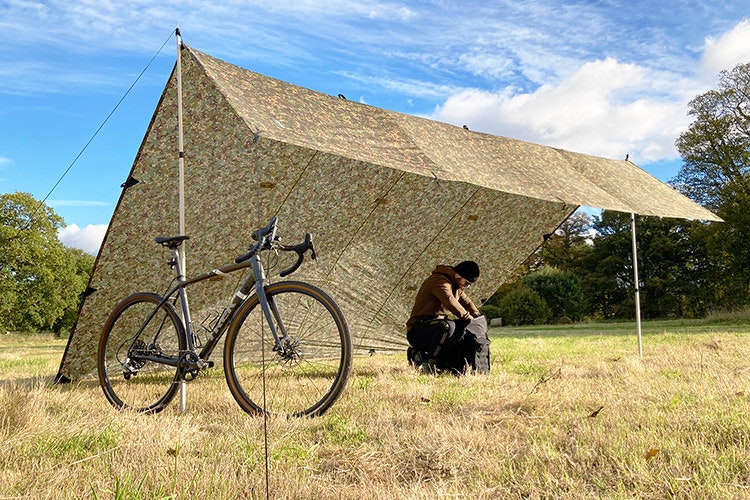
3. Side-V
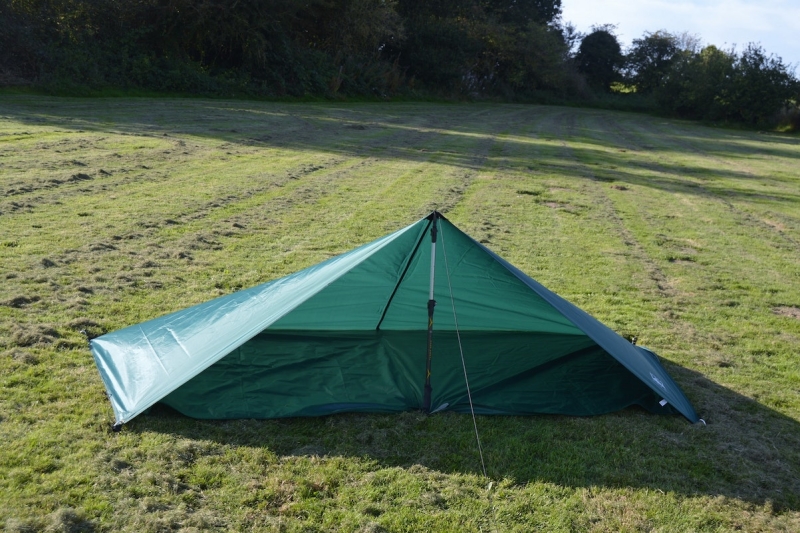
4. Tipi
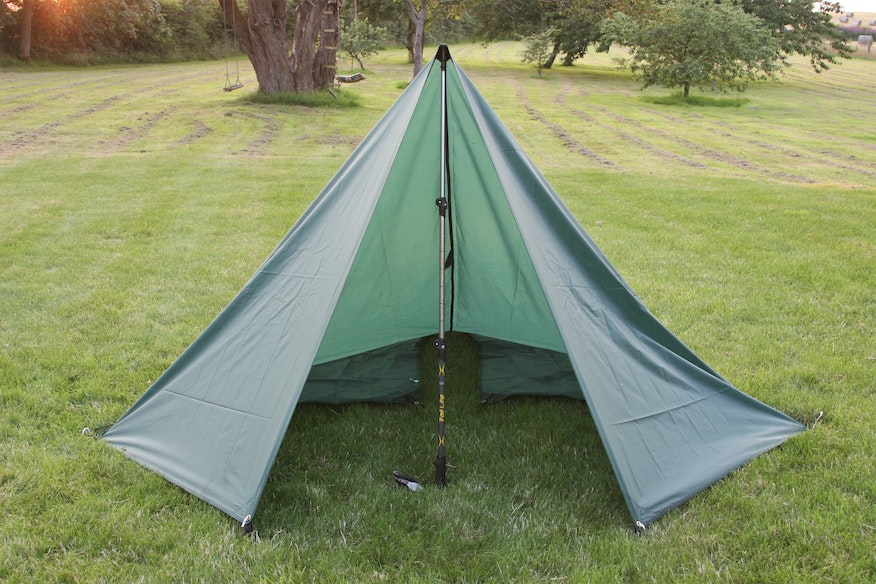
With the right setup and a bit of practice, you can enjoy the freedom and flexibility of tarp camping in various environments and conditions. So, why not give it a try and experience the magic of sleeping under the stars in your tarp shelter?
